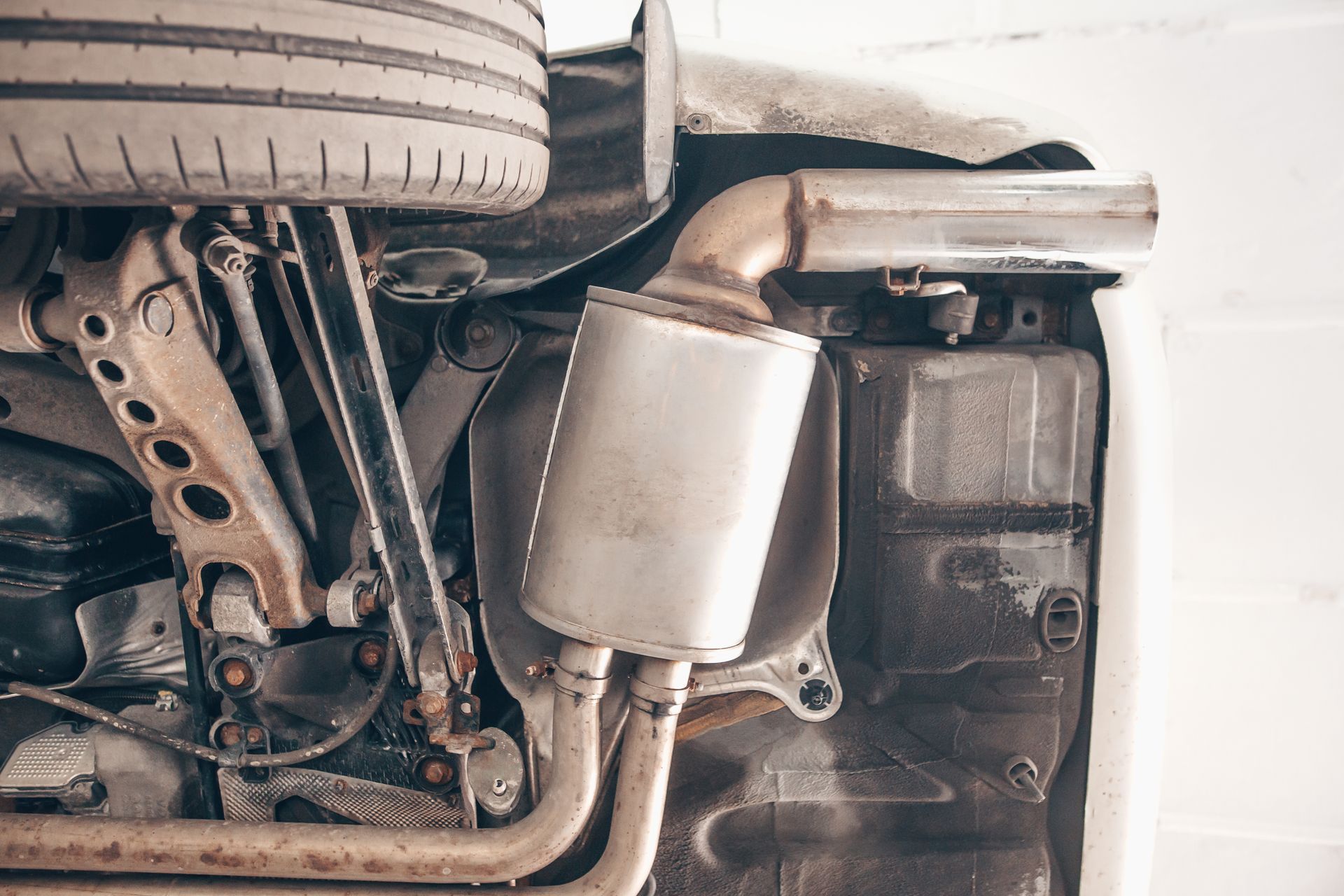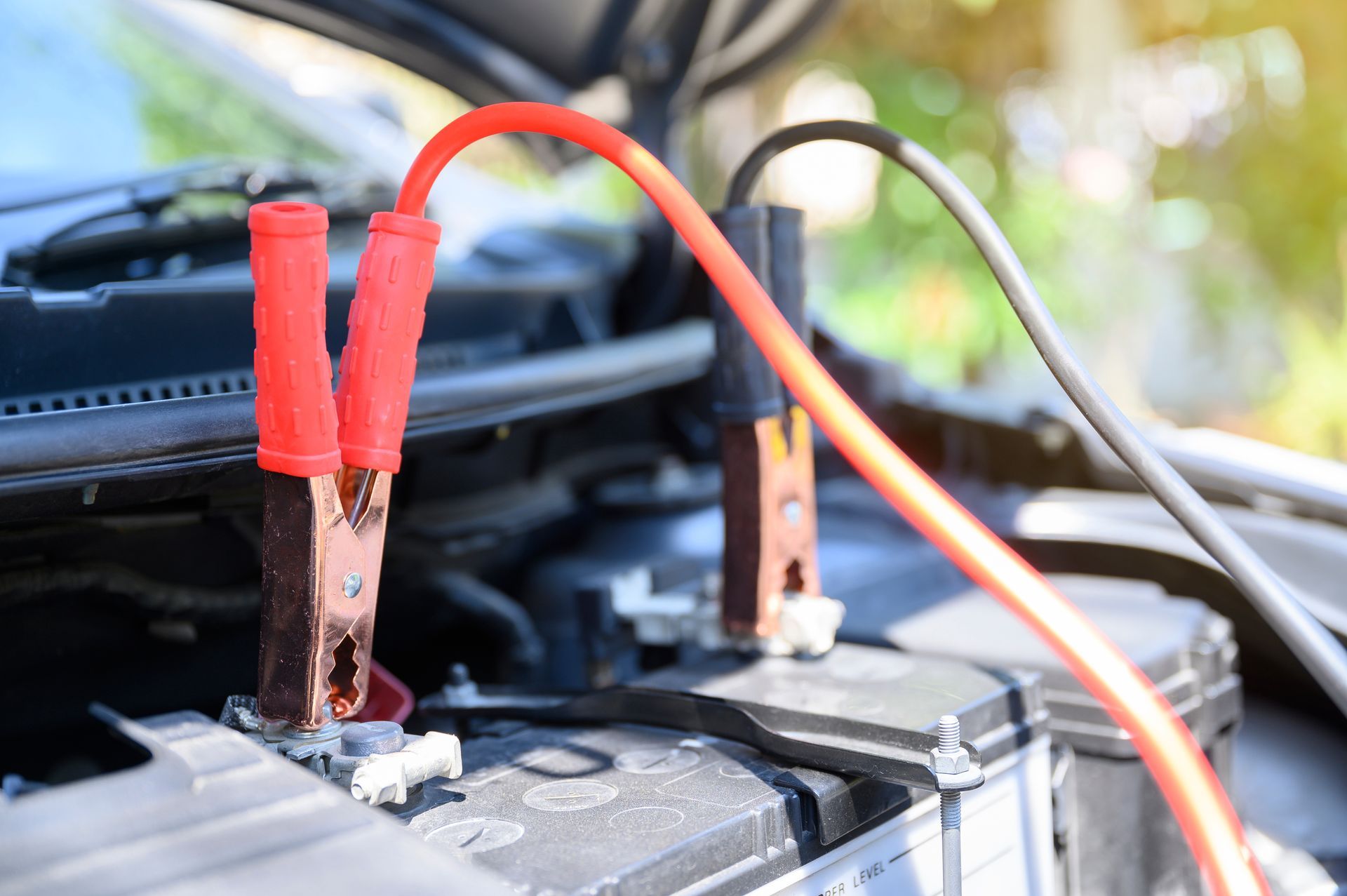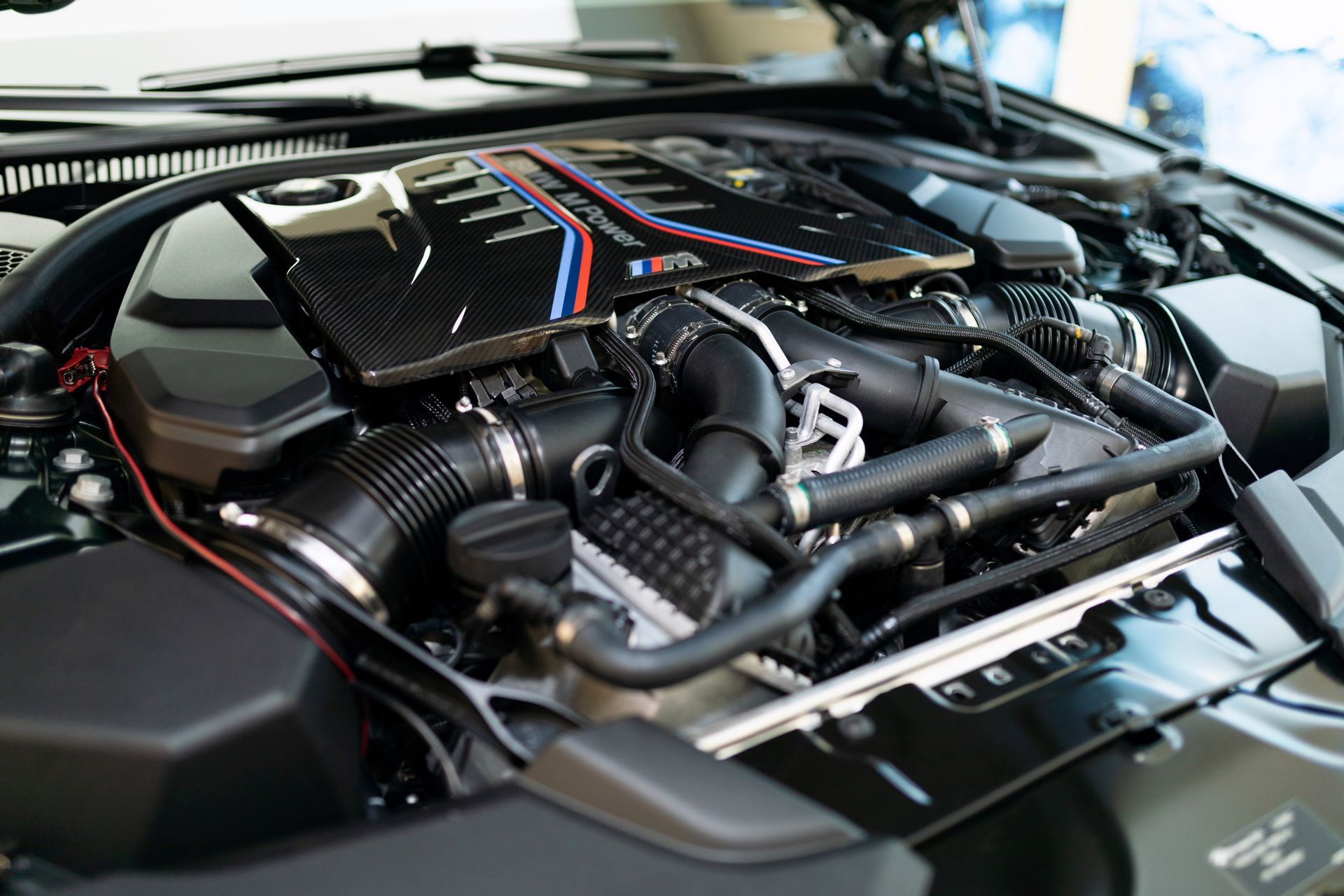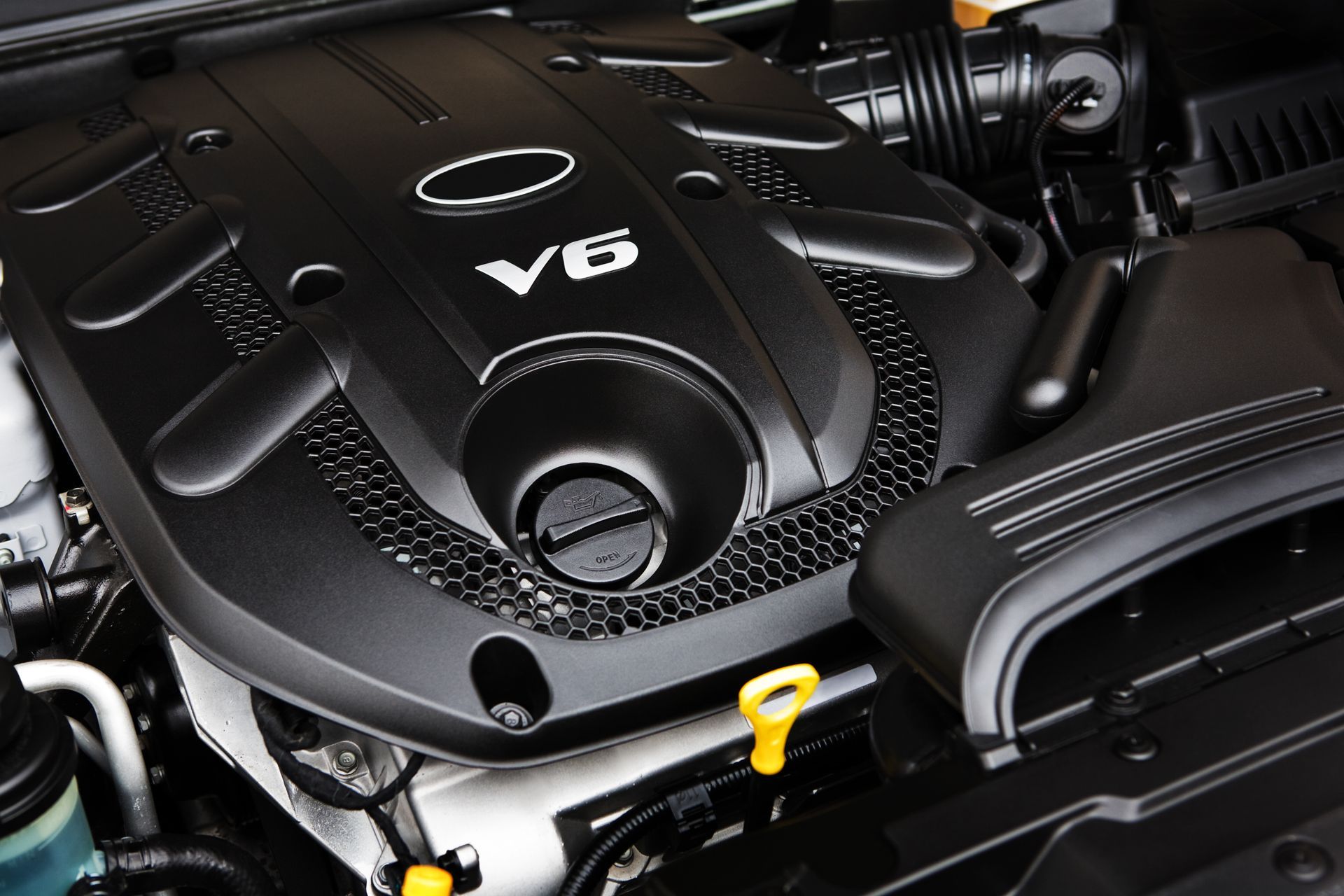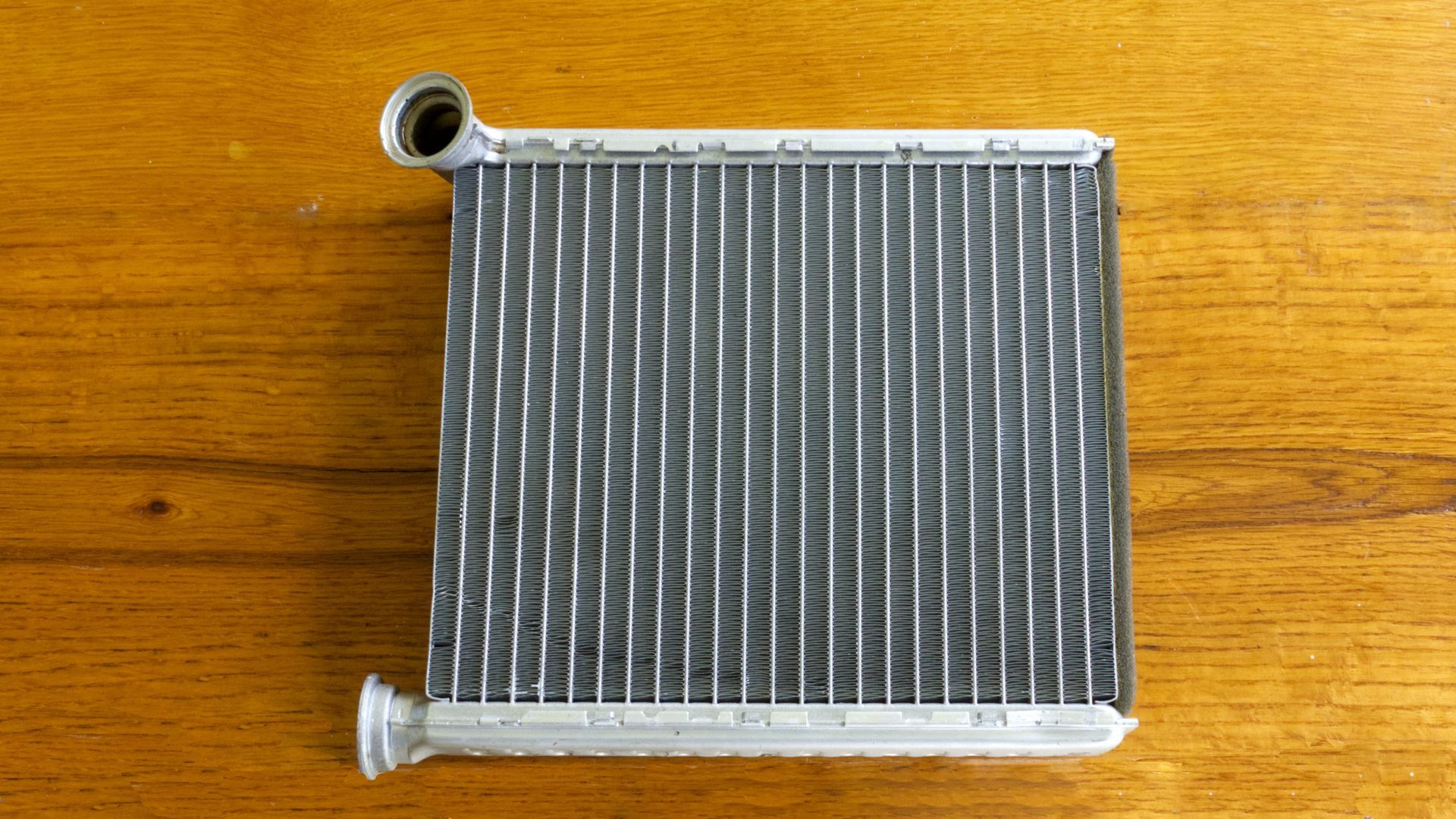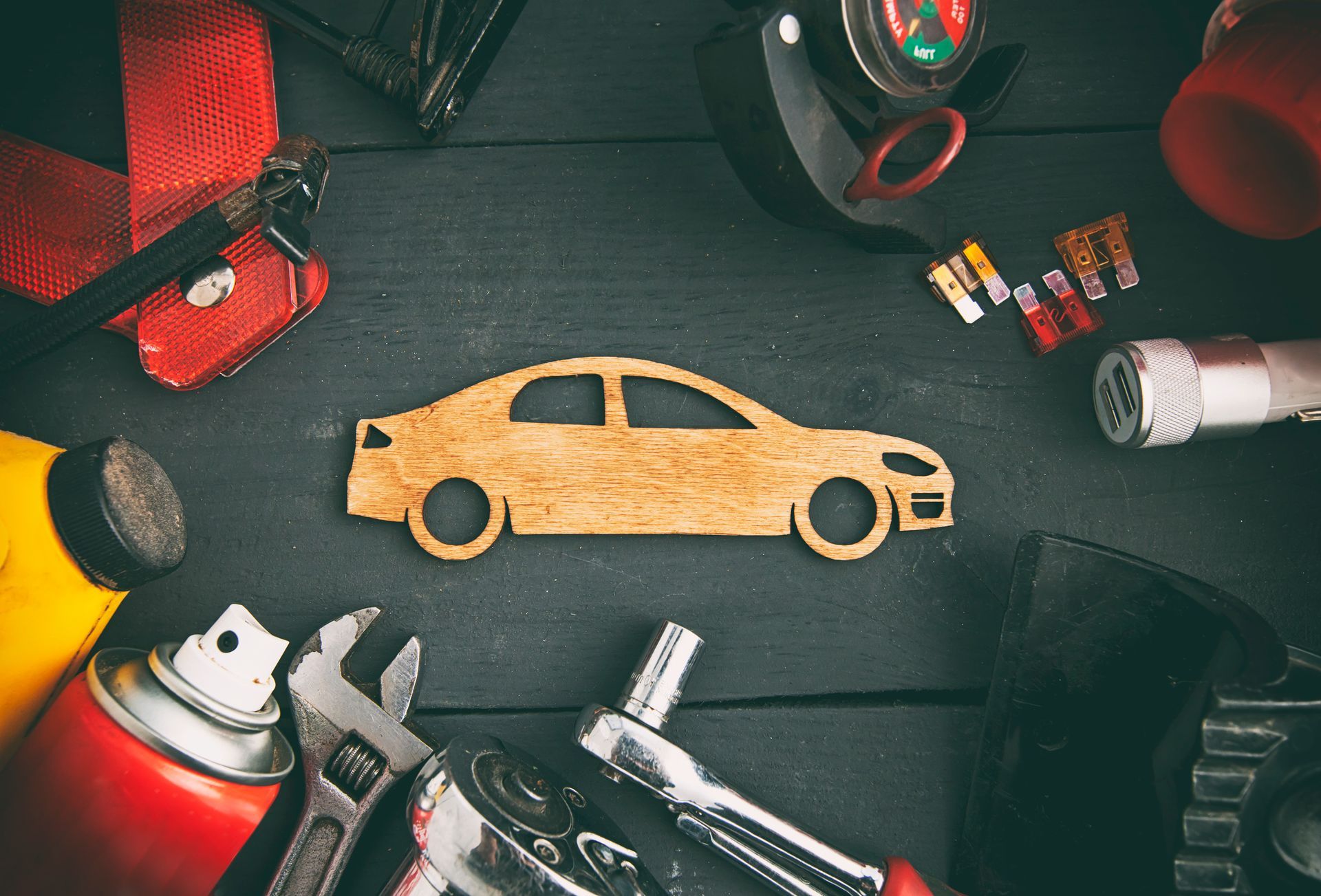GET IN TOUCH
555-555-5555
mymail@mailservice.com
Loading ...
Missing business hours data / Error occurred while getting the data.
MAKE AN APPOINTMENT
My Garage
You do not have My Garage enabled.
Section under maintenance.
★
★
★
★
★
Review
My Garage
You do not have My Garage enabled.
Section under maintenance.
Loading ...
Missing business hours data / Error occurred while getting the data.
Reach Us
Loading ...
Missing business hours data / Error occurred while getting the data.
Having Trouble Finding Us?
Loading ...
Missing nap lines data / Error occured while getting the data.

